Customer Services
Copyright © 2025 Desertcart Holdings Limited
Desert Online General Trading LLC
Dubai, United Arab Emirates










🚀 Drive Your Imagination Forward!
The DC5-12V Dual Channel H Bridge Motor Driver Board Module is designed for efficient performance in controlling coreless motors and DC motors. With features like a heat sink for enhanced reliability, a high-speed switch for precise control, and a versatile voltage range, this module is perfect for various applications including toy cars and refrigeration systems.
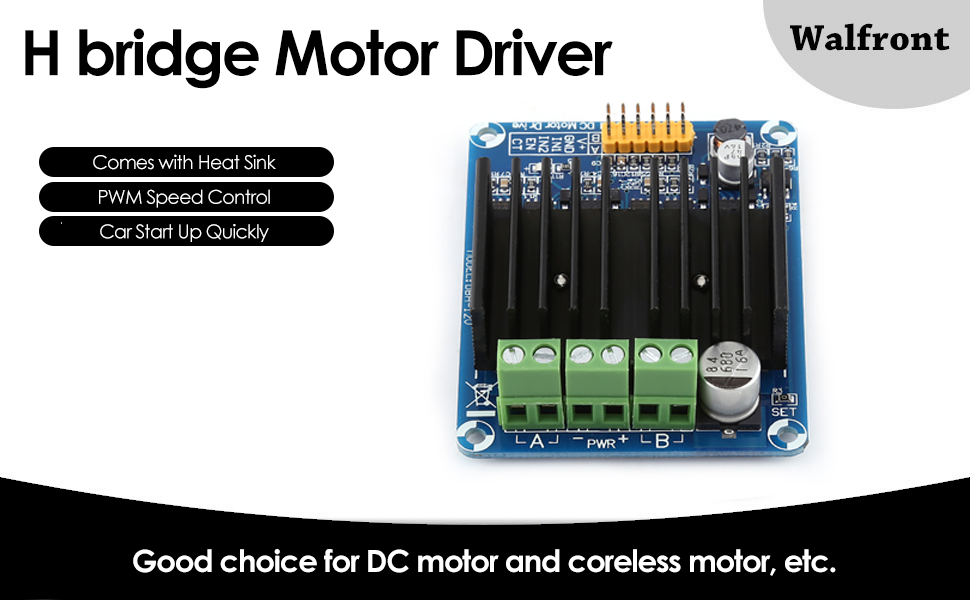
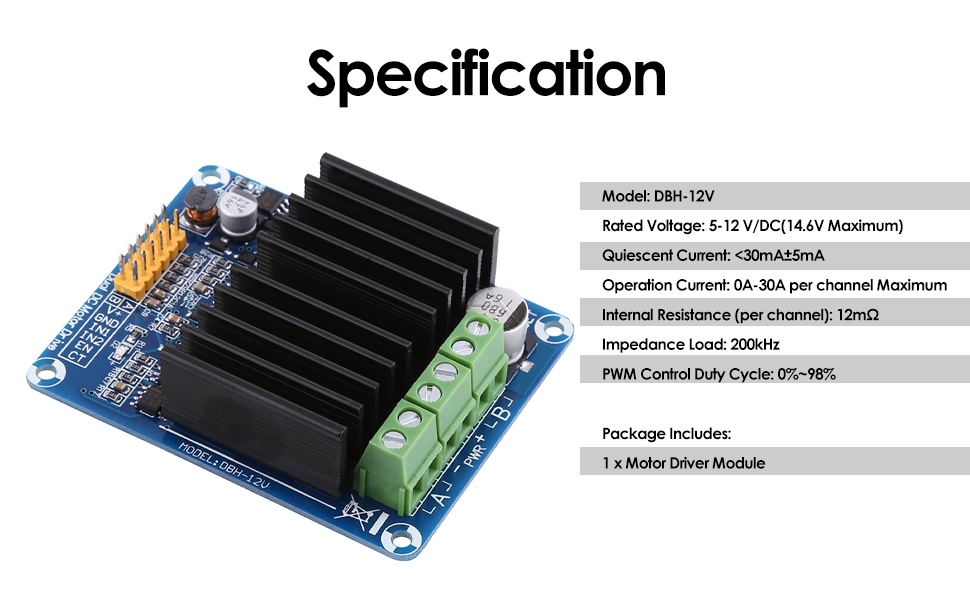
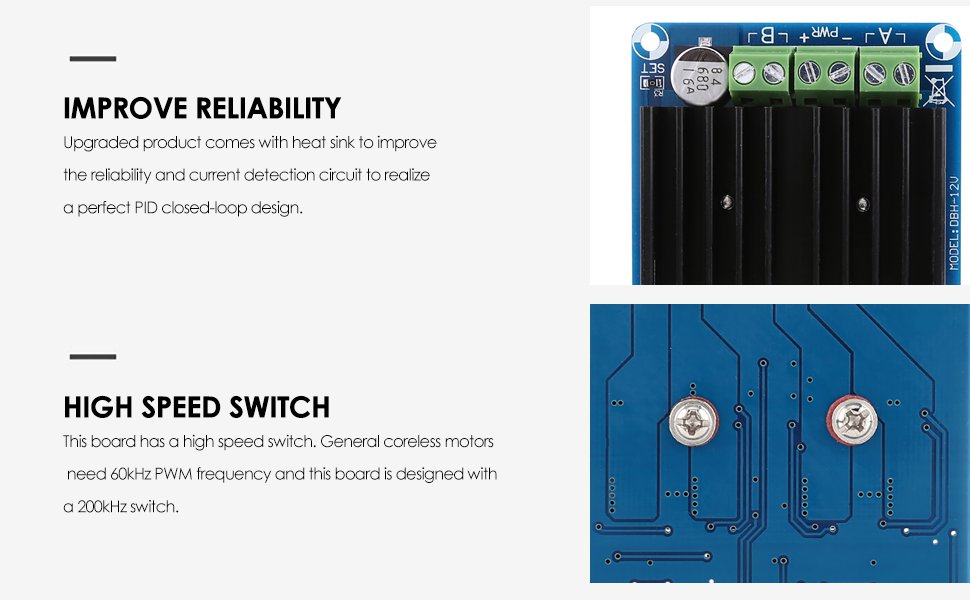
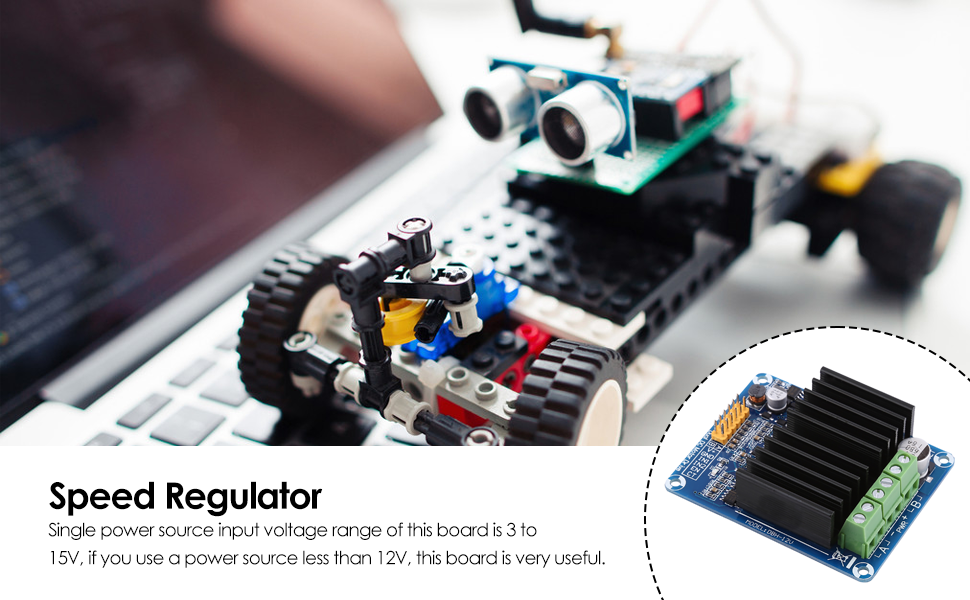
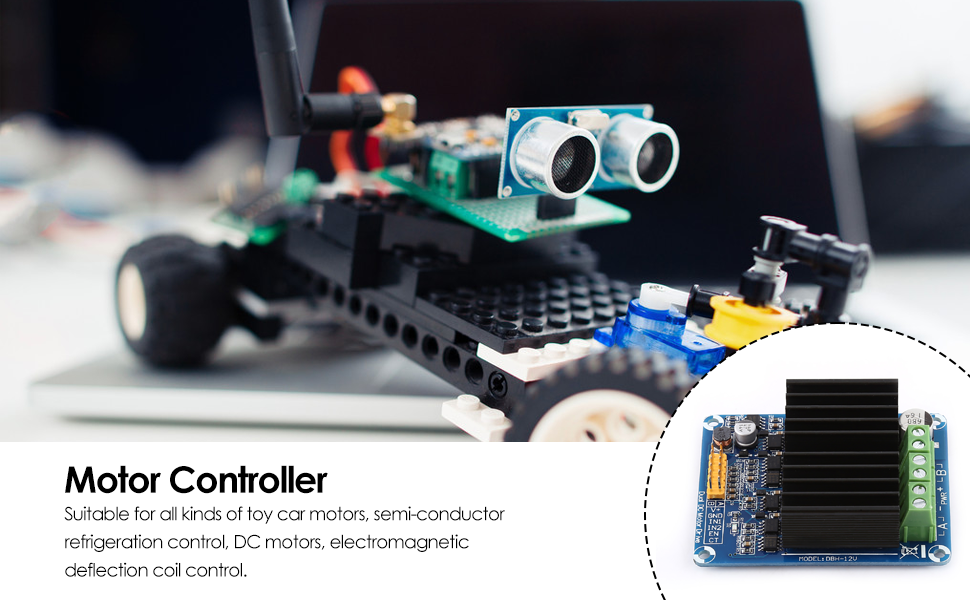
S**E
Robust circuit design, nicely manufactured
Using this controller to drive a high output fuel pump from a 24kHz PWM control signal is 24kHz.35amp inrush on startup, and 12-18 amp continuous operation, the driver is going strong and within reasonable thermal limits. Nice value for the cost.
K**E
Versatile and Powerful Motor Driver Board for Robotics Projects
This DC 5-12V Dual Channel H Bridge Motor Driver Board is a fantastic choice for controlling DC motors in robotics projects. The dual-channel design allows you to control two motors independently, and the wide voltage range (5-12V) makes it compatible with a variety of motors. The 30A current capacity is impressive, providing ample power for even demanding applications. I've been using it to control the motors on a small robot, and it's been working flawlessly, providing smooth and precise control.
D**J
No datasheet
No manual no datasheets, guess and hope for the best right???
J**G
Works well, but can't really handle 30A
I connected up both channels. One uses about 5A, the other can draw up to 30A. The 5A channel works perfectly. The 30A channel burned out that side of the H Bridge immediately.
V**L
Works great, no technical info
The media could not be loaded. I used this to make a breathing machine for testing intra-nasal devices. I needed to run a linear actuator with an arduino and a Nextion HMI, and this did the trick. It comes with zero technical info though, so I took off a star. Basically in order to use it, I used the Easy Nextion library, made my interface first. I declared the pins I would use on the arduino, and did some math to make it work out. I declared pins 10 and 11, and used the header on this board with ground, In1 and In2 connected to the arduino. Works great!
Z**R
Annoying to Use; Works Fine
Had some trouble getting 3.3v PWM from my ESP32 to register on the driver but I fixed it by using the MCPWM library pre-built into the ESP32 and setting the PWM frequency to 24000Hz. Unfortunately, literally none of the screw terminals worked so I just clipped them off and soldered my own connections. Other than that the product works fine; did not test the 30A claim.
Trustpilot
2 weeks ago
2 weeks ago